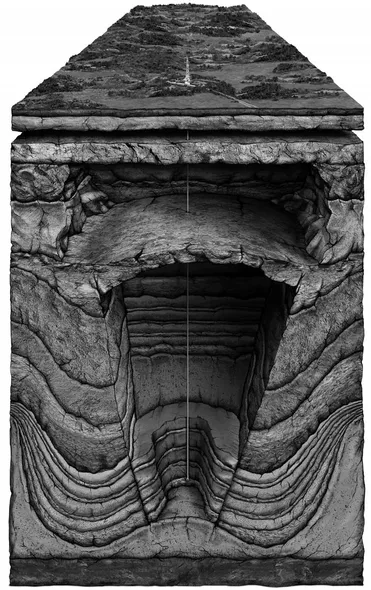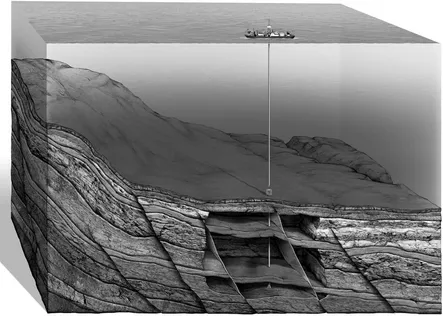1.1 Introduction
At the time of the writing of this book, natural gas provided about 23% of the total world energy supply, and that share would certainly increase. While coal is a solid and oil is a liquid, natural gas is a gaseous-phase fossil fuel. It is colorless, odorless, shapeless, and lighter than air. When burned, it gives off about 1,000 Btu (British thermal unit) per scf (standard cubic foot) and is used for domestic applications such as space heating, cooking and, increasingly, to generate electricity. It only ignites when the air-and-gas mixture is between 5 and 15 percent natural gas.
When compared with coal and oil, it burns cleaner, more efficiently, and with lower levels of potentially harmful byproducts that are released into the atmosphere. More important, there are very large deposits of natural gas in the world—far more than oil—Because this resource is difficult to transport, a lot of it has been labeled as “stranded.” For these reasons, there has been a considerable increase in new gas exploration, field development, and production activities. To develop a natural gas field, one of the first important steps is to understand the fundamentals of natural gas. What follows is a summary of basic petroleum geology, natural gas origins, resources, and properties.
1.2 Geological Settings
Petroleum reservoirs, both oil and gas, are the result of sedimentary processes that happened over an extensive geological history. Figures 1-1 and 1-2 show artistic cutaways of two reservoirs, one onshore and another offshore. It is important for the reader to conceptualize how petroleum reservoirs are configured underground, at great depths and, at times, also under many thousands of feet of water.
Figure 1-1 Artist’s rendition of onshore petroleum reservoir (Graphics by John Perez Graphics & Design, LLC)
Figure 1-2 Artist’s rendition of offshore petroleum reservoir (Graphics by John Perez Graphics & Design, LLC)
Different geological settings have led to sandstone, carbonate, or conglomerate lithologies. Figure 1-3 represents an artist’s rendition of one common type of sedimentary settings with features that eventually would evolve into different types of reservoirs.
Figure 1-3 Sedimentary environment
Petroleum geology not only attempts to reconstruct these ancient settings through the use of observations, well information, and seismic measurements, but also to apply logical inferences in searching for better quality reservoirs. This happens even within well-established sedimentary environments. For example, consider the detail in Figure 1-3 of a meandering channel. Identifying the channel may indicate the desired site of a well, whether a horizontal well is drilled (perpendicular or longitudinal) or, if complex well architecture is indicated, such as a “fishbone” configuration. Well architecture must take into account the shape of the geological units to be produced.
The second detail in Figure 1-3 shows how sediments are likely to be deposited, even inside a channel. Depending on the bending of the channel, one side will be conducive to deposition and the other conducive to erosion. Clearly, one would be looking for a petroleum accumulation at the likely depositional side.
The depth of a structure becomes critical for a number of important properties. The deeper the formation, the more likely it will be compacted as the grains are finer and consolidated. Secondary cementation processes are usually responsible for rock consolidation as cementing materials have percolated through the rock over geologic time. Shallow reservoirs are likely to consist of coarser materials and are likely to be unconsolidated.
There is gradation between deep highly consolidated rocks at, e.g., 20,000 ft depth and highly u...



